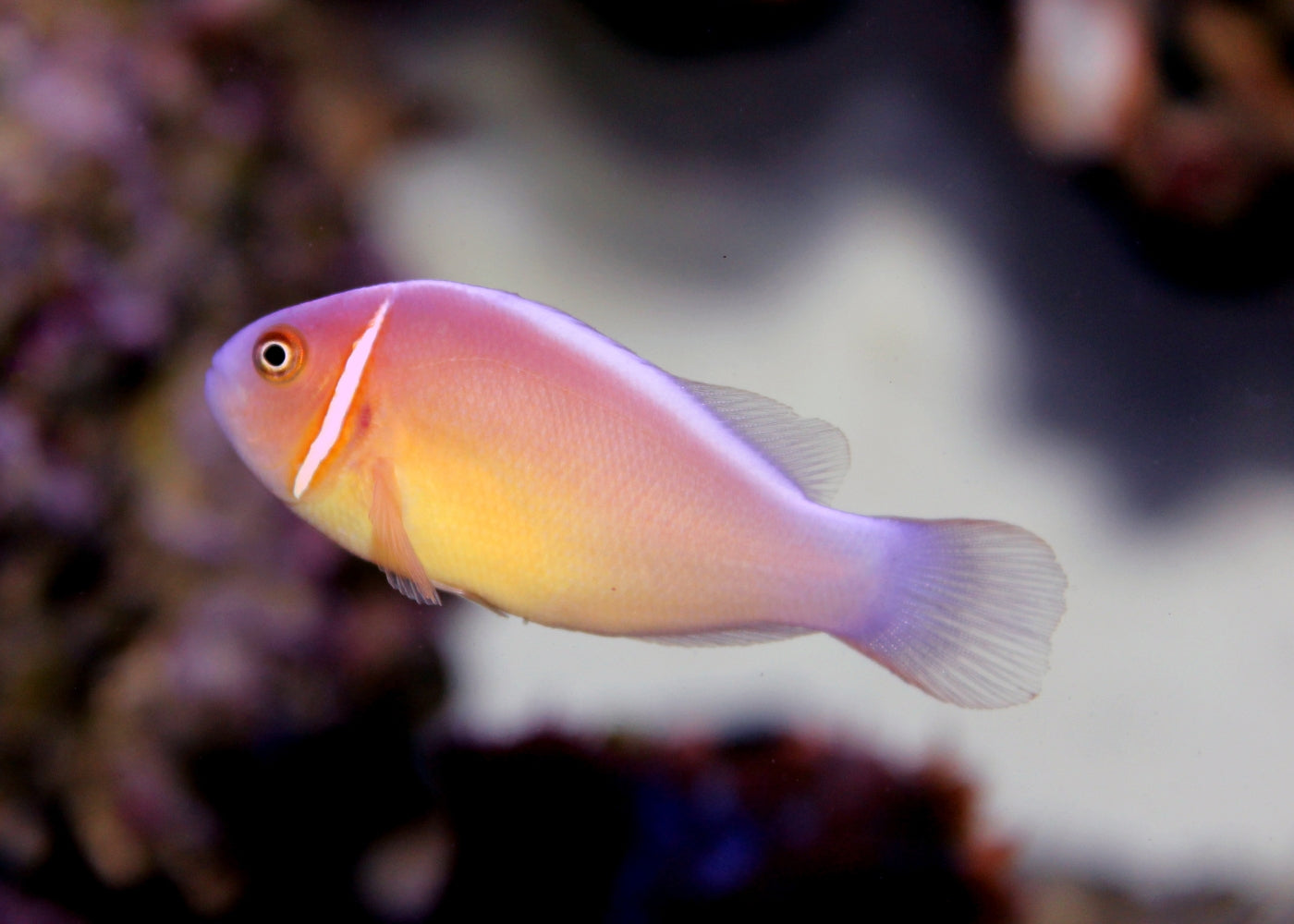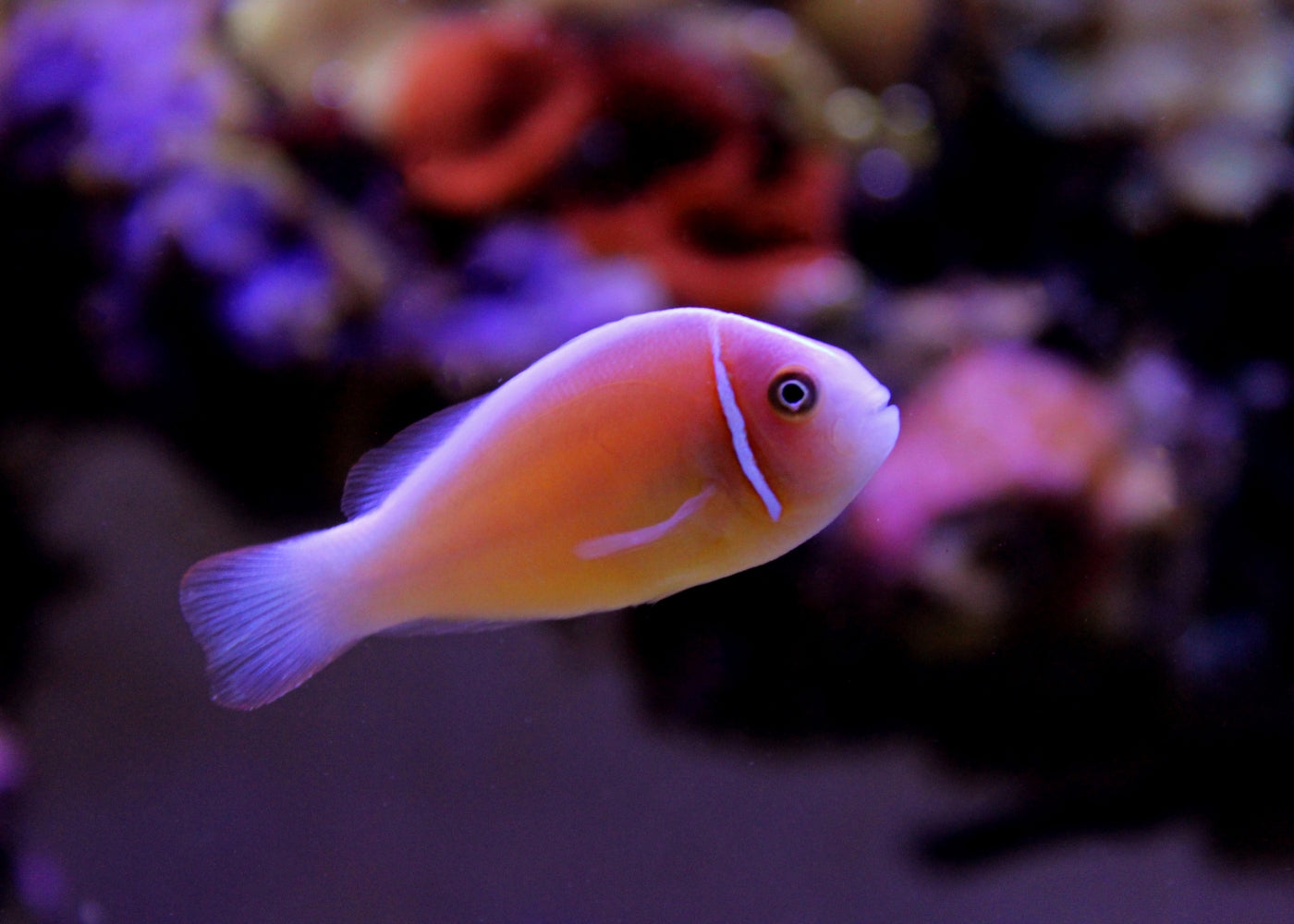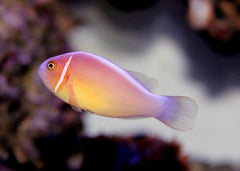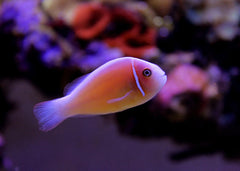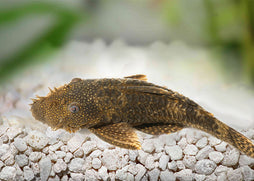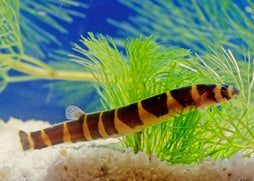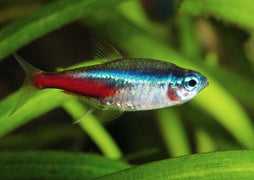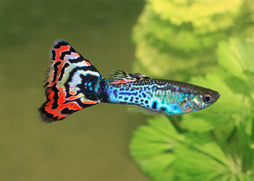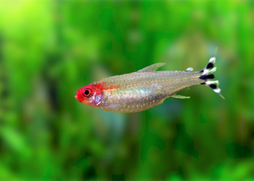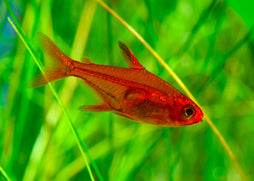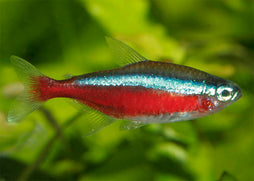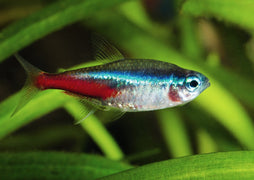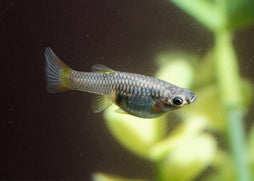Description
This fish is a marine species
The Pink Skunk Clownfish (Amphiprion perideraion) is a unique and attractive marine species native to the coral reefs of the Indo-Pacific, particularly around Fiji, Tonga, and the Great Barrier Reef. Recognised by its pale peach-pink body and the distinct white stripe running from the mouth along the dorsal ridge, this clownfish offers a subtle yet elegant visual appeal. Compared to other anemonefish, it is peaceful and often less territorial, making it well-suited to community reef aquariums and beginner marine hobbyists.
In the wild, the Pink Skunk Clownfish forms symbiotic relationships with host anemones but adapts well to life in captivity without one. It exhibits strong social behaviours and can be kept singly, in pairs, or in small harems in suitably sized aquariums.
Features of Pink Skunk Clownfish
• Origin: Indo-Pacific (Great Barrier Reef, Fiji, Tonga)
• Adult size: Up to 10 cm
• Temperament: Peaceful
• Lifespan: 5–7 years in captivity
• Colour: Pink-peach body with a white dorsal stripe
• Difficulty: Easy to moderate
• Reef safe: Yes
The best aquarium size for Pink Skunk Clownfish
A minimum aquarium size of 50 litres is suitable for a single individual. A larger tank of 100 litres or more is ideal for a pair or when housed in a mixed reef setup. Adequate swimming space and stable water parameters are essential for long-term health.
Tank Mate Compatibility for Pink Skunk Clownfish
Peaceful tank mates are preferred. Suitable species include:
• Royal Gramma
• Firefish Goby
• Banggai Cardinalfish
• Neon Goby
• Pajama Cardinalfish
Diet for Pink Skunk Clownfish
An omnivorous species, the Pink Skunk Clownfish thrives on a varied diet. Daily feeding should include:
• Marine pellets or flakes
• Frozen mysis and brine shrimp
• Finely chopped seafood
• Spirulina-based flakes for plant matter
Feed once or twice daily, ensuring all food is consumed within a few minutes.
Aquarium Setup Pink Skunk Clownfish
Aquarium Filtration
Effective biological and mechanical filtration is essential. A hang-on-back or canister filter is suitable for small tanks, while larger reef tanks should include a protein skimmer and live rock for natural filtration.
Aquarium Plants
Marine aquariums typically do not include plants. Instead, incorporate soft corals or macroalgae like Caulerpa or Chaetomorpha if desired for nutrient export and visual interest.
Aquarium Lighting
Provide 8–10 hours of moderate to strong lighting daily to replicate natural daylight cycles. The Pink Skunk Clownfish tolerates bright lighting but appreciates shaded areas for retreat.
Aquarium Heating
Maintain stable temperatures between 24°C – 27°C using a high-quality submersible heater with a thermostat. Sudden fluctuations should be avoided.
Aquarium Substrate
A substrate of fine aragonite sand or crushed coral is ideal. It promotes biological filtration and supports the overall health of the reef system.
Aquarium Decorations
Include live rock, caves, or artificial anemones for shelter and territory. If housing with a real host anemone, ensure appropriate lighting and tank maturity. Pink Skunk Clownfish will also readily host in soft corals or stationary structures when anemones are not present.

